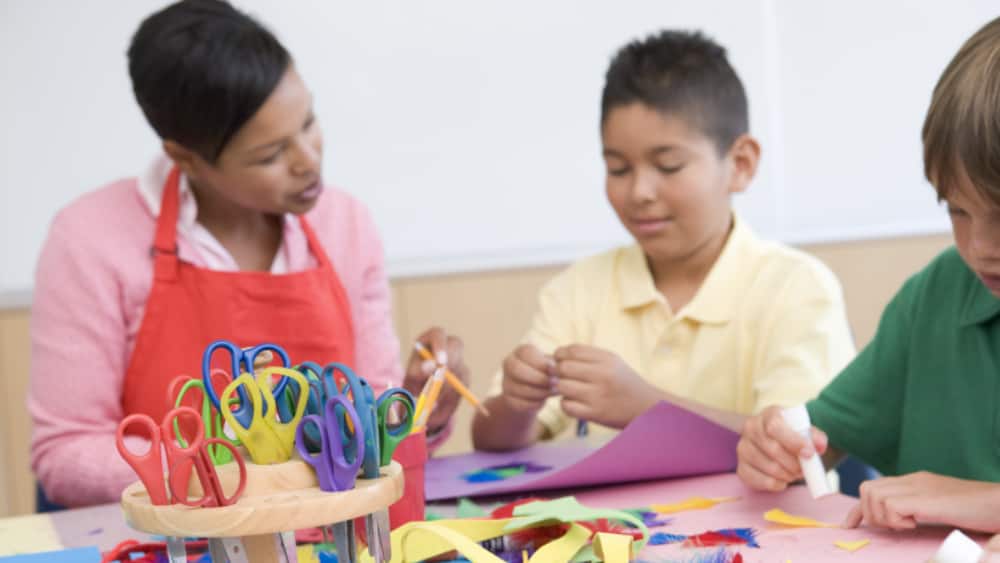As Registered Behavior Technicians (RBTs), it’s essential to comprehend various psychological concepts that directly influence our learners’ engagement and motivation. Two intriguing concepts that contrast yet complement each other in the learning environment are learned helplessness and behavioral momentum. Understanding these phenomena can help us create effective teaching strategies that foster confidence and encourage active participation.
What is Learned Helplessness?
Learned helplessness is a psychological condition stemming from experiences where individuals feel they have no control over their environment, leading to a lack of engagement and motivation. It is often characterized by a tendency to give up in challenging situations, believing that their actions will not lead to desired outcomes. For example, a learner who repeatedly encounters failure in a specific task might develop a belief that no amount of effort will change their circumstance. This mindset can result in withdrawal from activities, decreased motivation, and overall feelings of helplessness.
Recognizing the signs of learned helplessness is crucial for RBTs. When learners demonstrate frustration, avoidance, or disengagement from tasks, it may indicate that they have internalized a belief that they cannot succeed. Our role includes identifying these patterns and implementing strategies to help them overcome these feelings.
What is Behavioral Momentum?
Conversely, behavioral momentum is a technique designed to build engagement and confidence in learners. The principle behind behavioral momentum is straightforward: by sequencing a series of easy or preferred tasks before introducing a more challenging one, we can create a sense of success and positivity surrounding the learning experience.
For example, if you want a learner to complete a complex math problem, you might begin by presenting three easy problems that they can successfully solve. After this series of successes, you present the more difficult problem. This strategy not only enhances the likelihood of task engagement but also helps to build the learner’s confidence, making them feel more capable of tackling challenging tasks.
Bridging the Gap: Overcoming Helplessness through Momentum
The connection between learned helplessness and behavioral momentum is vital in our practice. While learned helplessness can lead learners to disengage and become discouraged, behavioral momentum serves as a counteracting force. By leveraging the principles of behavioral momentum, we can address the feelings of helplessness that learners may experience.
When we create a structured environment that emphasizes small successes, we help build the learner’s self-efficacy. As they experience gradual success with easier tasks, they are more likely to approach challenging tasks with a “can-do” attitude, breaking the cycle of learned helplessness. This approach fosters a growth mindset, which encourages persistence and resilience in learning.
Why Does This Matter?
Understanding learned helplessness and behavioral momentum is crucial because:
- It allows us to identify when a learner may be struggling with motivation and engagement.
- Implementing behavioral momentum can help counteract feelings of helplessness, creating a more supportive and reinforcing learning environment.
- Acknowledging these concepts enables RBTs to deliver individualized interventions that promote autonomy and confidence.
Final Thoughts
By combining our knowledge of learned helplessness with the application of behavioral momentum, we can significantly enhance our teaching methods and provide more effective support to our learners. Recognizing and addressing the emotional and psychological factors at play allows us to create an environment where learners feel confident, capable, and motivated to engage with challenging tasks.
As you continue in your role as an RBT, consider the impact that learned helplessness and behavioral momentum can have on your learners’ experience. The goal is to promote an atmosphere of success and encouragement, paving the way for growth and independence.
Try Our RBT Training for Free
RBT training not only helps you grow professionally but also allows you to play a vital role in supporting students in special education. Becoming an RBT will help you be better equipped to make a real difference in students’ lives.
If you’re ready to take the next step into the world of behavior analysis, why not explore our RBT training program? We’re offering the first module for free, giving you a chance to learn some of the essential skills that will set you up for success in this rewarding field.
After you access our free module, be sure to check out our YouTube channel for additional tips. Then send us a message if you have any questions – we’re here to help you make the most of your RBT training! And for those already enrolled, don’t forget to make sure of our additional study resources.









